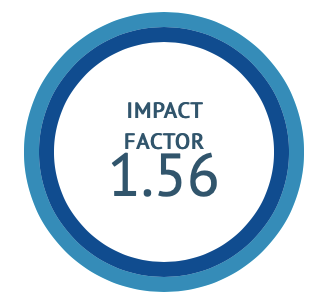An experimental study of different types of edible oils with reference to Cholesterol level in Albino Rats
DOI:
https://doi.org/10.47552/ijam.v16i2.4954Keywords:
Sunflower, Safflower, Sesame, Sneha, Dhatu, HDL, LDL, VLDL, Cholesterol, Gunas, TriglyceridesAbstract
The aim of this study is to evaluate the effect of Sunflower Oil, Safflower Oil and Sesame Oil on the lipid profile of wister albino rats. Twenty Four healthy wister albino rats weighing between 96-110 g and aged between 6weeks to 8weeks were used. The rats were placed randomly into four groups of six animals each. Group 1 served as Normal control and no oil was fed. Group 2 animals were given Sunflower oil in 1ml quantity (1) each daily through oral route. Group 3 Animals were given Safflower Oil (1ml each) daily orally and the group 4 Animals were given Sesame oil (1ml) orally as well. The experiment lasted for 14 days. The results showed that the animals had significant increase in body weight compared with the control. Triacylglycerol, phospholipid and total cholesterol level were also significantly decreased in case of Sunflower and Sesame Oil while the same parameters got increased in Safflower Oil Very Low Density Lipoprotein (VLDL) and Low Density Lipoprotein (LDL) were also significantly Decreased in Sunflower and Sesame Oil Groups while increased in Safflower Control Oils. However High Density Lipoprotein (HDL) showed significant increase in both Sunflower And Sesame Oil Groups. Cholesterol, triacylglycerol and fatty acids are significant and independent risk factors of adverse cardiovascular events. The clinical and nutritional implication of these results is discussed through ayurvedic point of view.
Downloads
Published
How to Cite
Issue
Section
License
Copyright (c) 2025 International Journal of Ayurvedic Medicine

This work is licensed under a Creative Commons Attribution-NonCommercial-ShareAlike 4.0 International License.
The author hereby transfers, assigns, or conveys all copyright ownership to the International Journal of Ayurvedic Medicine (IJAM). By this transfer, the article becomes the property of the IJAM and may not be published elsewhere without written permission from the IJAM.
This transfer of copyright also implies transfer of rights for printed, electronic, microfilm, and facsimile publication. No royalty or other monetary compensation will be received for transferring the copyright of the article to the IJAM.
The IJAM, in turn, grants each author the right to republish the article in any book for which he or she is the author or editor, without paying royalties to the IJAM, subject to the express conditions that (a) the author notify IJAM in advance in writing of this republication and (b) a credit line attributes the original publication to IJAM.




